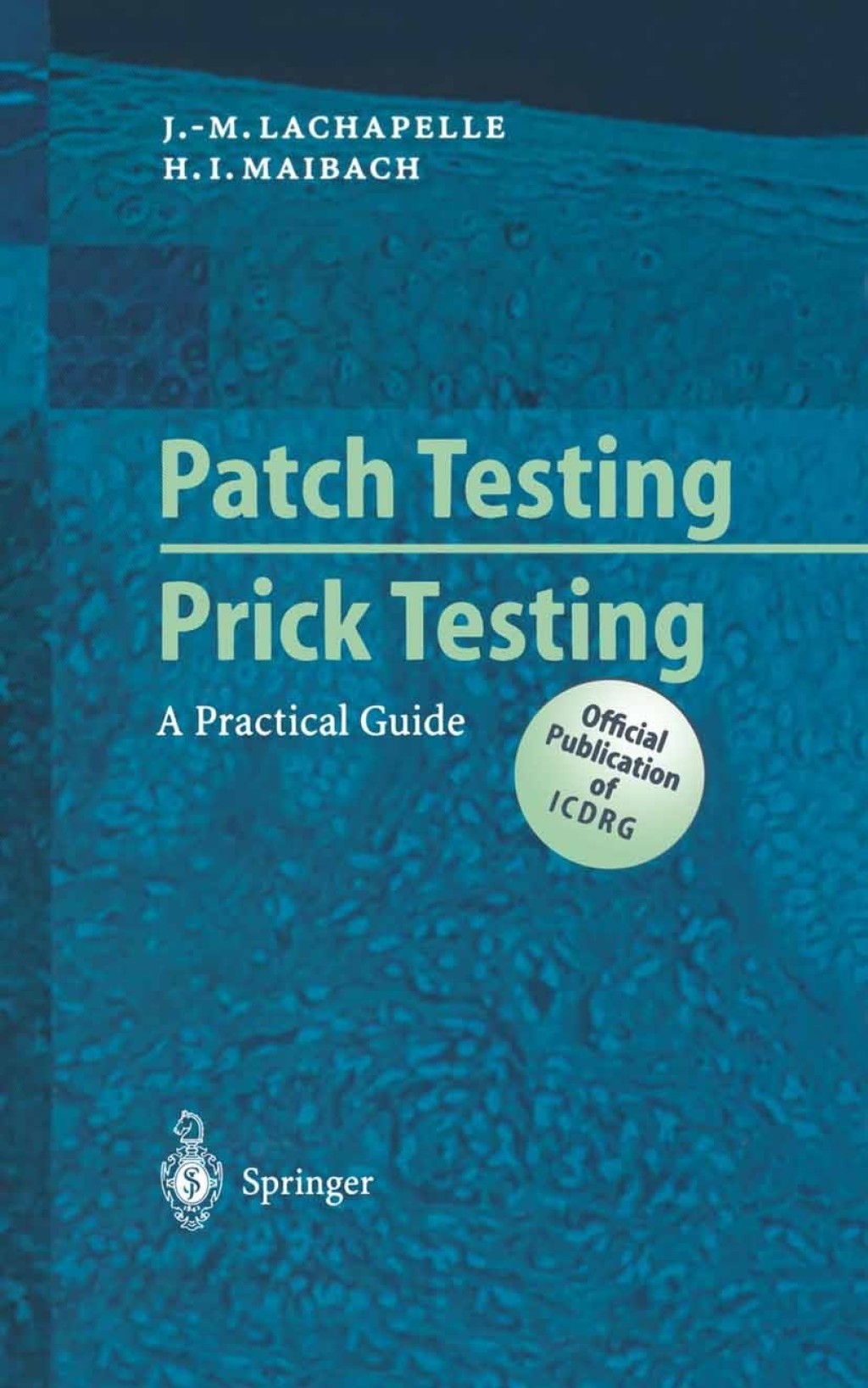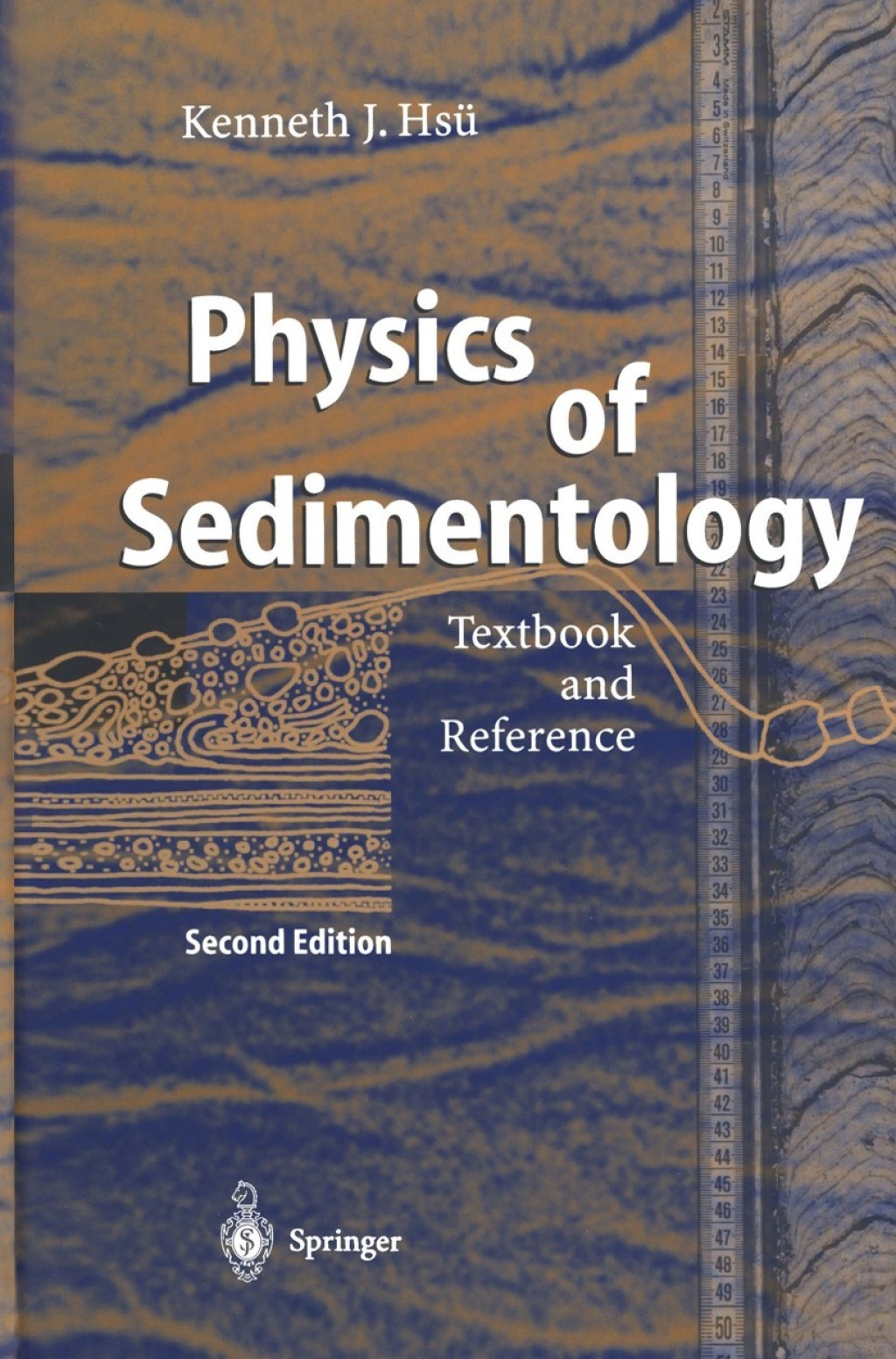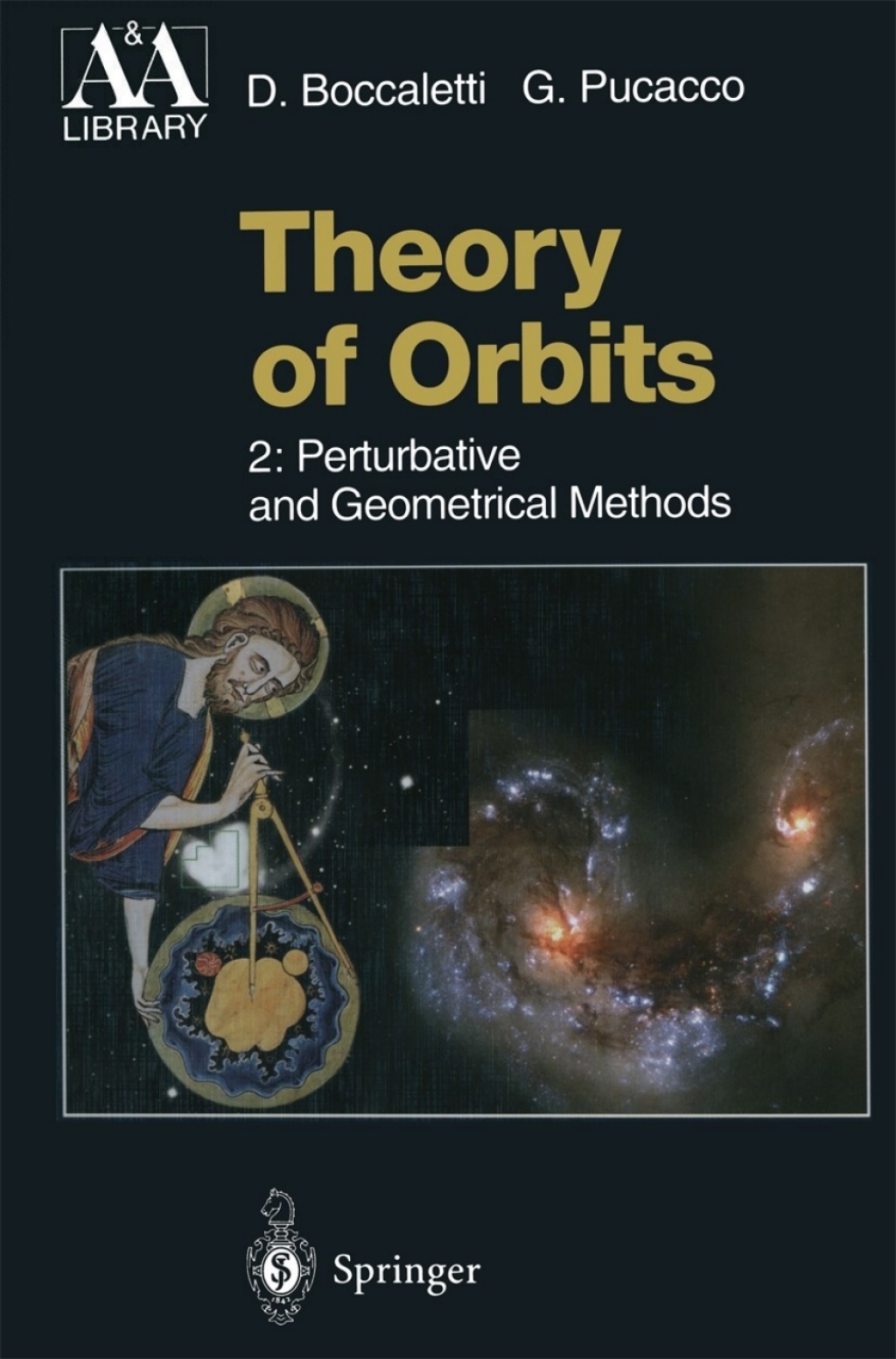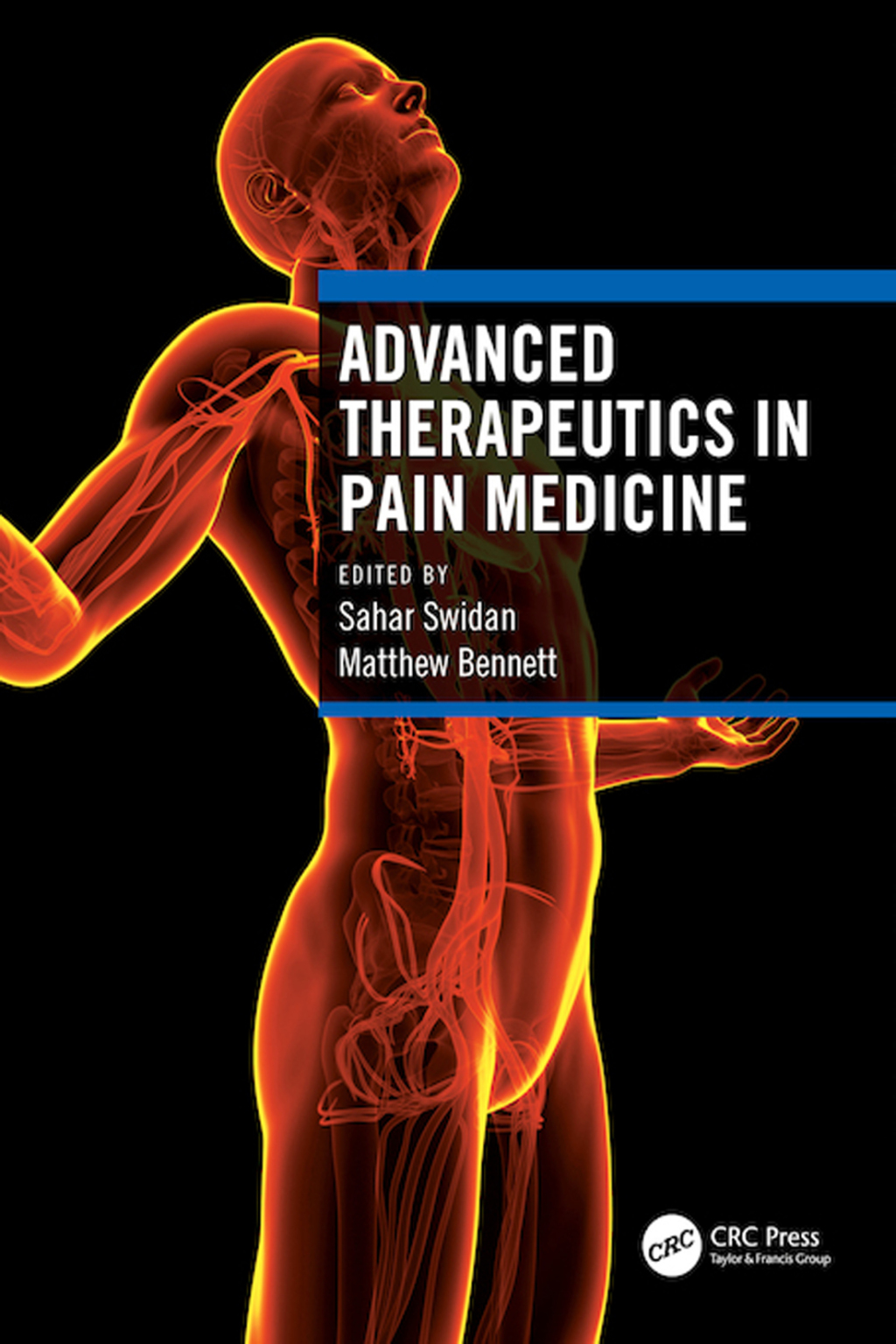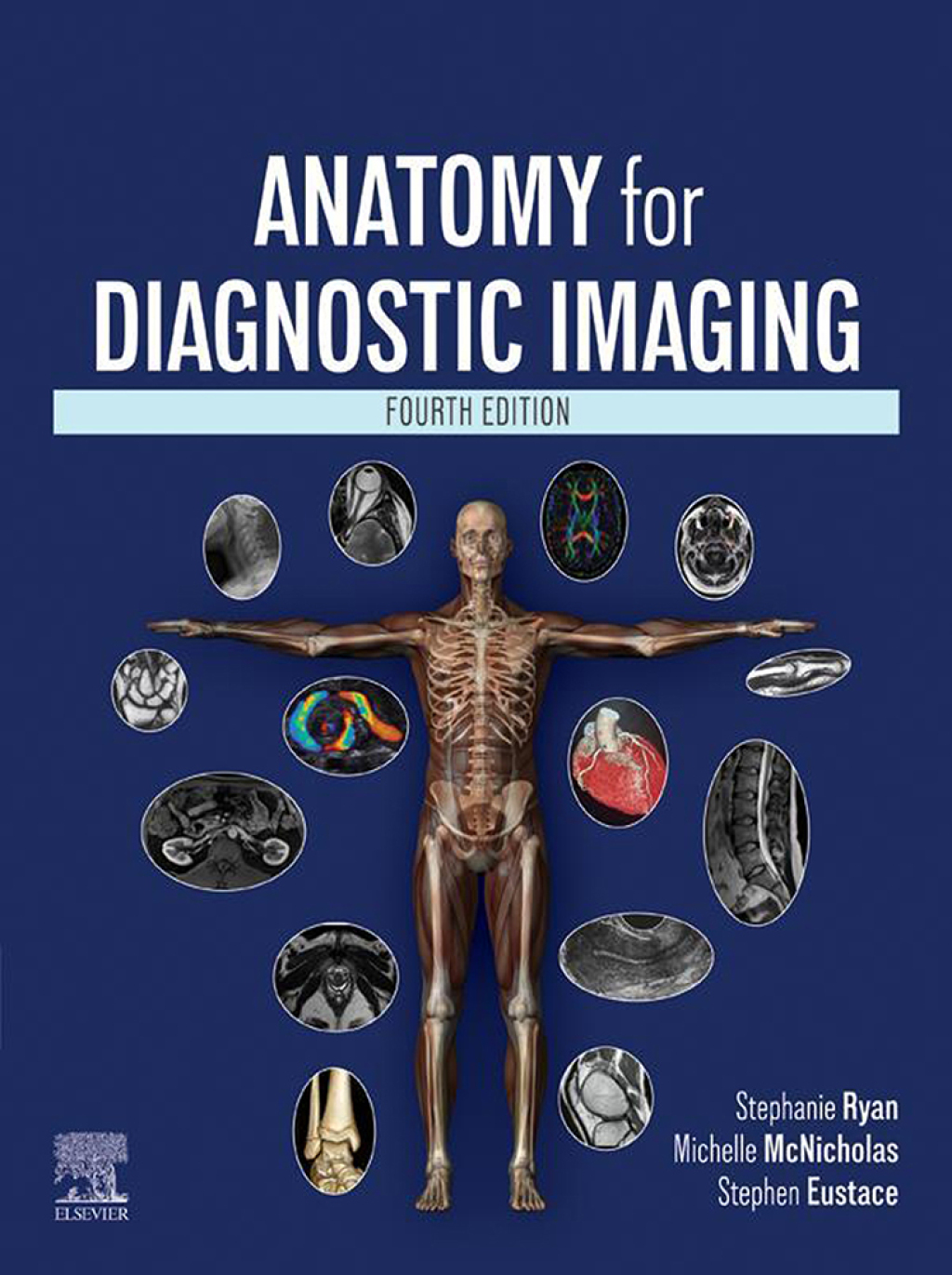Half a century ago, S. Chandrasekhar wrote these words in the preface to his 1 celebrated and successful book: In this monograph an attempt has been made to present the theory of stellar dy namics as a branch of classical dynamics – a discipline in the same general category as celestial mechanics. [ … ] Indeed, several of the problems of modern stellar dy namical theory are so severely classical that it is difficult to believe that they are not already discussed, for example, in Jacobi’s Vorlesungen. Since then, stellar dynamics has developed in several directions and at var ious levels, basically three viewpoints remaining from which to look at the problems encountered in the interpretation of the phenomenology. Roughly speaking, we can say that a stellar system (cluster, galaxy, etc.) can be con sidered from the point of view of celestial mechanics (the N-body problem with N» 1), fluid mechanics (the system is represented by a material con tinuum), or statistical mechanics (one defines a distribution function for the positions and the states of motion of the components of the system).
“Traditional Chinese Medicine: Cupping Therapy 2nd Edition” has been added to your cart. View cart
Theory of Orbits Perturbative and Geometrical Methods
Author(s): Dino Boccaletti; Giuseppe Pucacco
Publisher: Springer
ISBN: 9783540603559
Edition:
$39,99
Delivery: This can be downloaded Immediately after purchasing.
Version: Only PDF Version.
Compatible Devices: Can be read on any device (Kindle, NOOK, Android/IOS devices, Windows, MAC)
Quality: High Quality. No missing contents. Printable
Recommended Software: Check here

